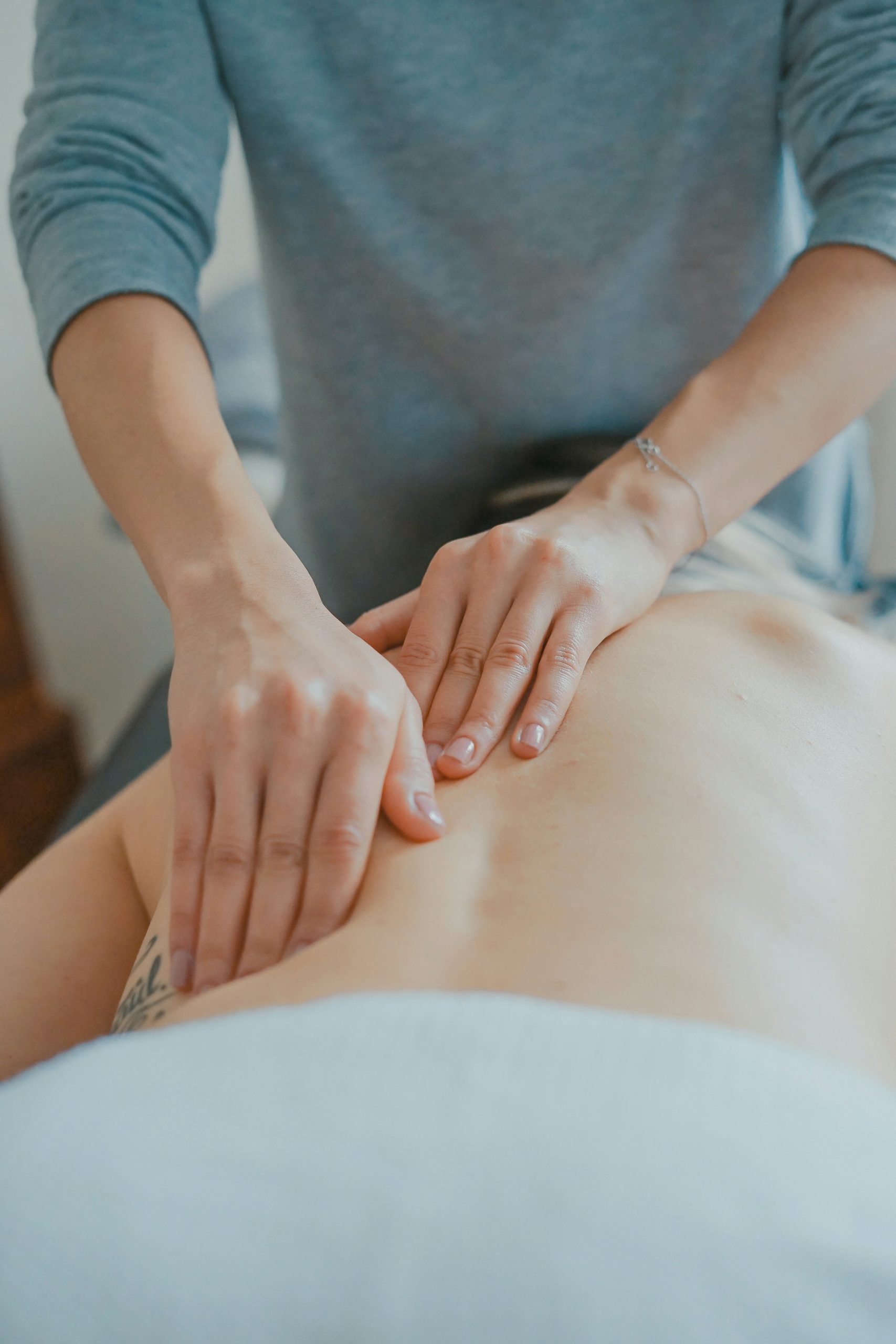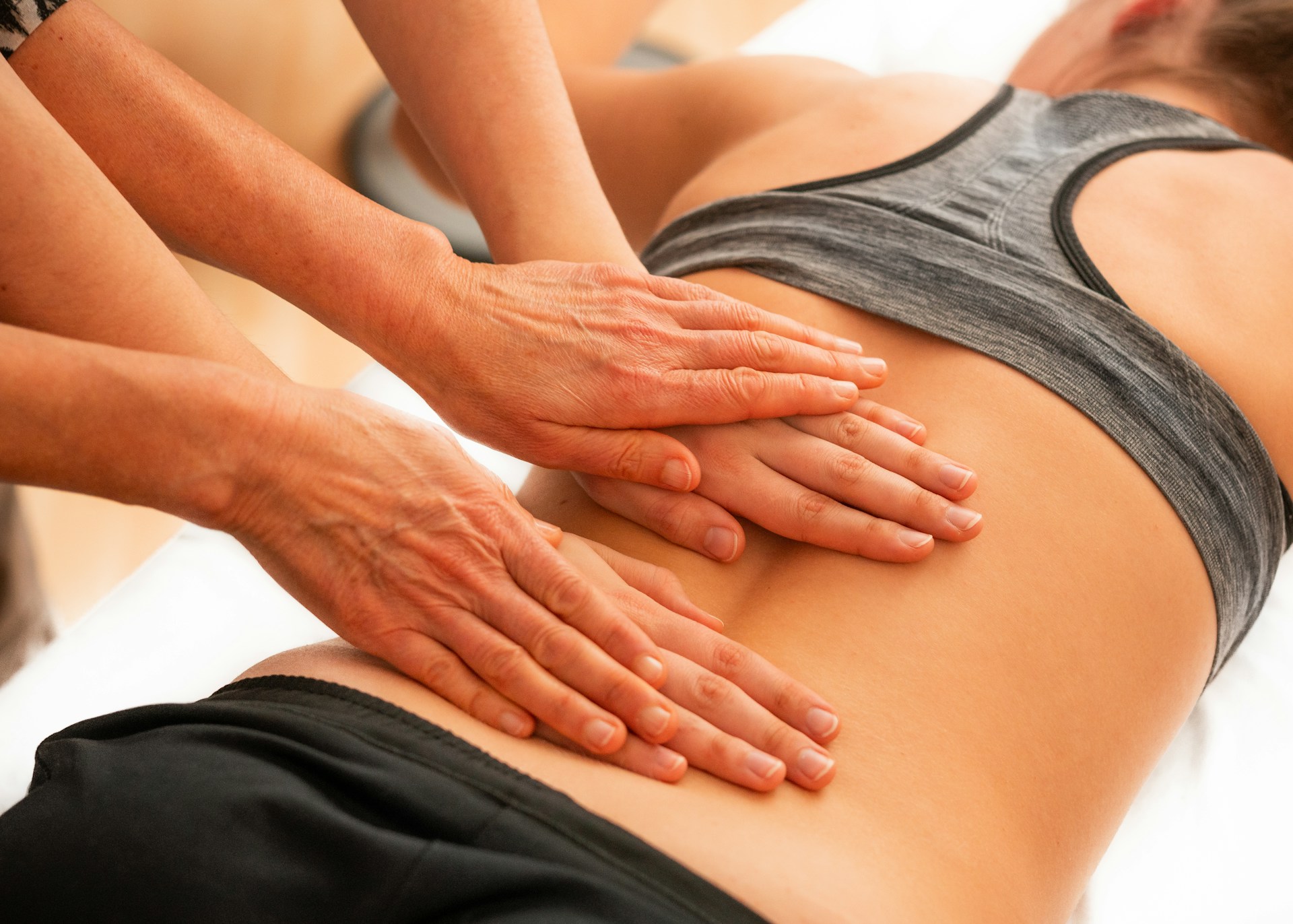Debunking Lower Back Pain
Understanding lower back pain
Lower back pain is one of the most common ailments affecting people of all ages. It can be caused by a variety of factors, ranging from poor posture to serious medical conditions. Understanding the root causes, symptoms, and effective treatment options is crucial for managing and alleviating lower back pain. Lets explore the essentials of lower back pain and offer practical tips for relief and prevention.
Causes of lower back pain:
- Lower back pain can result from a multitude of factors, including,
- Muscle Strain: Overuse or sudden movements can strain the muscles and ligaments in the lower back, leading to pain.
- Poor Posture: Sitting or standing improperly for extended periods can put undue stress on the lower back.
- Herniated Discs: Discs that have slipped or ruptured can press on nerves, causing pain.
- Degenerative Disc Disease: Aging can cause discs to lose hydration and flexibility, leading to pain.
- Sciatica: Compression of the sciatic nerve can cause sharp pain that radiates from the lower back down to the legs.
- Arthritis: Osteoarthritis can affect the lower back, leading to pain and stiffness.
- Injury: Trauma from accidents or falls can cause lower back pain.
Symptoms of lower back pain:
- Dull, Aching Pain: A constant, nagging pain in the lower back.
- Sharp Pain: Sudden, intense pain that may be localized or spread to other areas.
- Radiating Pain: Pain that travels down the legs, often associated with sciatica.
- Stiffness: Reduced range of motion and difficulty in moving.
- Muscle Spasms: Sudden, involuntary contractions of muscles in the lower back.
Treatment methods
Exercise and Physical Therapy:
- Stretching: Gentle stretching can improve flexibility and reduce tension in the lower back.
- Strengthening Exercises: Building core muscles can provide better support for the spine.
- Physical Therapy: A professional can design a tailored exercise program to address specific issues.
Medications:
- Over-the-Counter Pain Relievers: NSAIDs like ibuprofen can reduce inflammation and pain.
- Prescription Medications: In some cases, doctors may prescribe stronger medications for severe pain.
Heat and Cold Therapy:
- Cold Packs: Reduce inflammation and numb pain.
- Heat Packs: Relax muscles and improve blood flow to the affected area.
Lifestyle Modifications:
- Posture Improvement: Using ergonomic furniture and practicing good posture can alleviate stress on the lower back.
- Weight Management: Maintaining a healthy weight reduces strain on the lower back.
- Proper Lifting Techniques: Using the legs instead of the back to lift heavy objects can prevent injury.
Alternative Therapies:
- Chiropractic Care: Spinal adjustments can help relieve pain and improve function.
- Acupuncture: This ancient practice can provide relief for some individuals.
- Massage Therapy: Massage can relax tense muscles and improve circulation.
Prevention of Lower Back Pain
Preventing lower back pain involves maintaining a healthy lifestyle and being mindful of your body mechanics:
- Regular Exercise: Engage in activities that strengthen the core, improve flexibility, and promote overall fitness.
- Ergonomics: Set up your workspace to support good posture and reduce strain on the lower back.
- Healthy Diet: A balanced diet supports overall health and helps maintain a healthy weight.
- Good Sleep Habits: Use a supportive mattress and avoid sleeping positions that strain the lower back.
- Mindful Movement: Be cautious of your movements, especially when lifting heavy objects or engaging in strenuous activities.
When should you seek Medicare advice
- Severe Pain: Intense, unrelenting pain that does not improve with rest or over-the-counter medications.
- Numbness or Tingling: Especially if it radiates down the legs, indicating possible nerve involvement.
- Loss of Bladder or Bowel Control: This could indicate a serious underlying condition.
- Unexplained Weight Loss: Combined with back pain, this could be a sign of an underlying condition.
- Ongoing Fever: Accompanied by back pain, it could indicate an infection.
Physiotherapists and exercise physiologist offer powerful tools for managing and alleviating lower back pain. Through personalized exercise programs, manual therapy, and education, these professionals can help individuals reduce pain, improve function, and prevent future issues. By staying active, practicing good posture, and seeking professional guidance, you can take control of your lower back pain and enhance your quality of life.
If you are having any issues with back pain, get in touch with Pivotal Motion’s Physiotherapy and Exercise Physiologist team today. Our team will be able to discuss with you in more depth on how we can help you. Book online or call us on 3352 5116.






